
The Beefalo breed of cattle is a fairly new breed that was purposefully bred in order to cross the hardiness and ruggedness of Bison to the domestic temperament of the domestic cow. There is evidence that shows this new breed of cattle is a lot easier to maintain and less costly to keep than a regular cattle breed. They are also the only beef to have a lower fat and lower cholesterol rating for the meat consumer.
BEEFALO BREED OF CATTLE QUICK PROFILE OVERVIEW
|
|
|---|---|
| A fairly new breed of cattle that are crossed between a bison and domestic cattle breeds. | |
| Country of Origin: | United States of America |
| Other Names: | Cattalo or American Hybrid |
| Main Purpose: | Meat |
| You may Also Like: | 35 Best Cattle Breeds for Milk – Dairy Cattle |
| You may Also Like: | 47 Best Cattle Breeds for Meat – Beef Cattle |
| Can be used for | Breed, Meat, Skin |
| Ideal Climate: | Heat, Cold, Most Climates |
| Conservation Status: |
Not Listed by the *ALC Status/Rarity: Common |
| Health Issues? | No known health issues |
| Good Starter Cattle? | Novice to intermediate Cattle farmer/keeper level |
| Cattle Associations: | American Beefalo Associations |
| Cattle Clubs: | Please refer to the American Beefalo Associations for more information about the Beefalo cattle breed |
| Where to buy them? | Please refer to the American Beefalo Associations for more information about the Beefalo cattle breed |
| Child Friendly? | Livestock should not be left unattended around unsupervised children |
| General Information: | The Beefalo cattle breed are a new breed of cattle that were developed as a breed that would be easier to raise, hardy and have a good quality of healthy meat product. Beefalo, although a far healthier red meat alternative, is not a very popular meat. It has a great taste, but it can be rather expensive to buy. Conservationists are not really a big fan of the Beefalo as the Bison is an animal that is on their list of conservation. They are finding that cattle DNA is starting to creep into the Bison DNA which is not great for their conservation efforts. |
| Note: *ALC stands for American Livestock Conservancy | |
PHYSICAL CHARACTERISTICS |
||||||||||||||||||||||||||||||||
|---|---|---|---|---|---|---|---|---|---|---|---|---|---|---|---|---|---|---|---|---|---|---|---|---|---|---|---|---|---|---|---|---|
| They are a cross between a buffalo and a domestic cattle breed. They have retained most of their Buffalo coat, hardiness, and lean meat quality but have inherited the domestic temperament and looks. They are a medium to large sized breed with an impressively powerful body that is long and legs much like that of the Bison. Their faces have the characteristics of cows and the roundness of the Buffalo in profile. | ||||||||||||||||||||||||||||||||
| Size: | Medium to large | |||||||||||||||||||||||||||||||
|
||||||||||||||||||||||||||||||||
COW BREEDING & MILKING INFORMATION |
|
|---|---|
| Most Cattle produce milk but not all of them are used in the dairy Cattle capacity for their milk. Cows only calve once a year and should have 12 to 14-month inter-calving cycle. The Beefalo cows make really good mothers with excellent maternal instincts getting the best of both the bison and domestic cattle breeds instincts. She will protect her young at almost all costs, has a good birthing rate percentage, is quite fertile and has easy births. Her calves are usually strong, healthy and ready to go as soon as their feet touch the ground. They have quite a low birth weight but tend to fill out quite quickly and well. | |
| Breeding Period/cycle: | Usually lasts 6 to 24 hours Most ave. 12 to 16 hours Cows usually come on heat every 21 days. |
| Estrous cycle: | Ave. 17 days to 24 days Heifer – usually ave. 20 days Cows – usually ave. 21 days |
| Gestation Period: | Usually, around 279 to 287 days but most gestation is 283 days. Cows that are carrying bull calf’s their gestation period is usually a little longer than cows that are carrying heifer calves. |
| No. Calves/Litter: | 1 calf at a time. Cows rarely have twins or triplets, but it can happen |
| Lactation Period: | Cows lactation period can last for up to about 10 months (305) days. |
| Milking From: | 1 to 6 weeks after Calving |
| Drying off Period: | The cow should have a 12 to 14-month inter-calving cycle. Drying off period for around 60 days before she can calve again. |
| Milk Quality: | Good |
| Milk Ideal for: | Calves |
| You may Also Like: | 35 Best Cattle Breeds for Milk – Dairy Cattle |
CATTLE MEAT PRODUCTION INFORMATION |
||||||||
|---|---|---|---|---|---|---|---|---|
| The cross between the bison and beef mix gives the Beefalo meat an exceptionally good taste. It is also a lot leaner and contains less cholesterol than other beef. It is a good quality and can be quite tender and well marbled. The meet is quite pricey though. The calves dress out nicely and gain weight at a fair pace with the animal have a good meat to bone ratio. | ||||||||
| Meat Production? | Yes, Quality: Good | |||||||
|
||||||||
| You may Also Like: | 47 Best Cattle Breeds for Meat – Beef Cattle | |||||||
CATTLE SKIN PRODUCTION INFORMATION |
||||||||
|---|---|---|---|---|---|---|---|---|
| Most meat Cattle will have a skin by-product, and these are usually used in some form or just as a hide. Buffalo has been a treasured hide of indigenous people for decades the Beefalo has a combination of the tough durable buffalo hide with its hair and that of the normal cow skin. The hides are used in leather production as a by-product of the meat produced by the animals. | ||||||||
| Skin Production? | Yes, Quality: Good | |||||||
| Skin is used to Produce: | Calf/cow skin leather products such as shoes, car seats, fine leather coats, gloves, handbags, belts, furniture, rugs, etc. | |||||||
|
||||||||
HISTORY
There have been accidental bison cattle crosses going back as early as about 1749 in the south English colonies of North America.
In the 19th century, it was the first time that domesticated cattle and bison were purposely bred.
Colonel Samuel Bedson was one of the first to attempt a deliberate cross of the Bison and cattle breeds. He purchased eight head of Bison from a captive breed owned by James McKay. The Colonel then interbred the Bison with Durham cattle.
The hybrid from this cross was described to be an improvement of both breeds with it inheriting the characteristics and temperament of the cattle whilst maintaining its hardiness and leaner meat quality of the Bison breed.
But a lot of the breed died in the harsh winters in a Kansas blizzard in 1866. Co-founder of the Garden City, Kansas as Charles “Buffalo” Jones set out to cross cattle with bison in a farm near the Grand Canyon in hopes of developing a breed that could withstand adverse temperatures especially that of harsh winter climates.
He named the offspring of the cross “Cattalo” in 1888. After his death more, experiments in crossbreeding bison and cattle were continued in Canada right up until 1964 but these experiments had little success.
It was later found that crossing a male bison with a cow produced only a few off offspring. But if they crossed a bull with a female Bison the problem, they were having with the breeding program was soon solved. The Cattalo breed seemed to perform well but problems with mating meant that the farmer had to keep and try maintaining and unruly heard of wild bison that were also extremely difficult and dangerous to handle.
It was Jim Burnett of Montana that produced a fertile bull in 1965. It was not long after that they World Beefola Association was formed, and the marketing of these hybrids was started. But there was still the stigma attached to that of the Cattola breed and this hybrid was supposed to be a different breed to the Cattola. The breed was eventually named Beefalo as it is known today.
Video
USEFUL LINKS
- Purebred Dairy Cattle Association
- American Dairy Association
- National Association of Animal Breeders
- American Dairy Science Association
- United States Cattlemen’s Association
- National Cattlemen’s Beef Association
- American National Cattlewomen
- Beef Cattle Breed Associations
- National Cattlemen’s Beef Association
- Fur Commission USA
- North American Meat Institute
- American Livestock Conservancy
- Animal Shelter (ASPCA)
- American Veterinary Medical Association
- American Animal Welfare Society
- American Animal Control
- American Society of Animal Science
- United States Department of Agriculture
 Corriente Cattle Breed – Everything You Need to Know
Corriente Cattle Breed – Everything You Need to Know Sahiwal Cattle Breed – Everything You Need to Know
Sahiwal Cattle Breed – Everything You Need to Know Boran Cattle Breed – Everything You Need to Know
Boran Cattle Breed – Everything You Need to Know Australian Lowline Cattle Breed – Everything You Need to Know
Australian Lowline Cattle Breed – Everything You Need to Know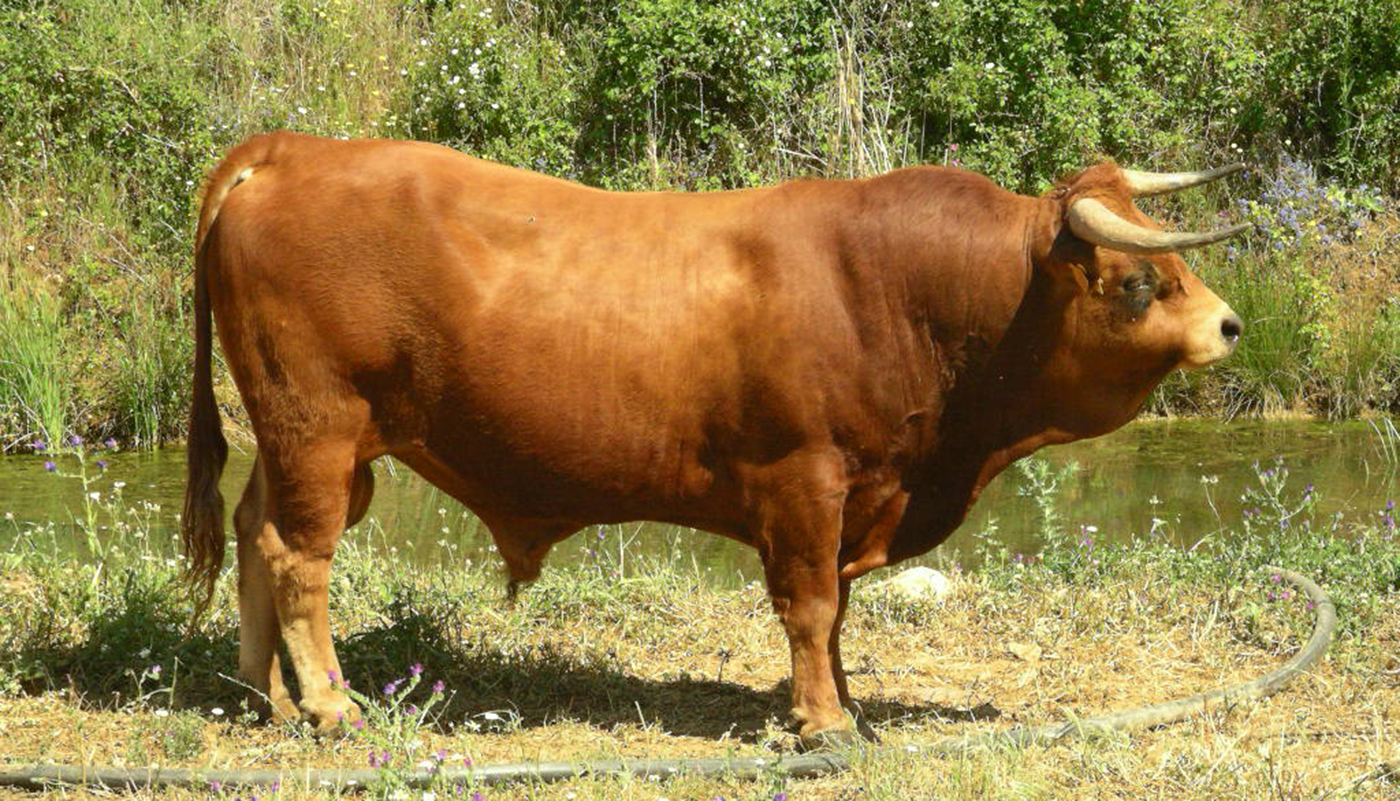 Arouquesa Cattle Breed – Everything You Need to Know
Arouquesa Cattle Breed – Everything You Need to Know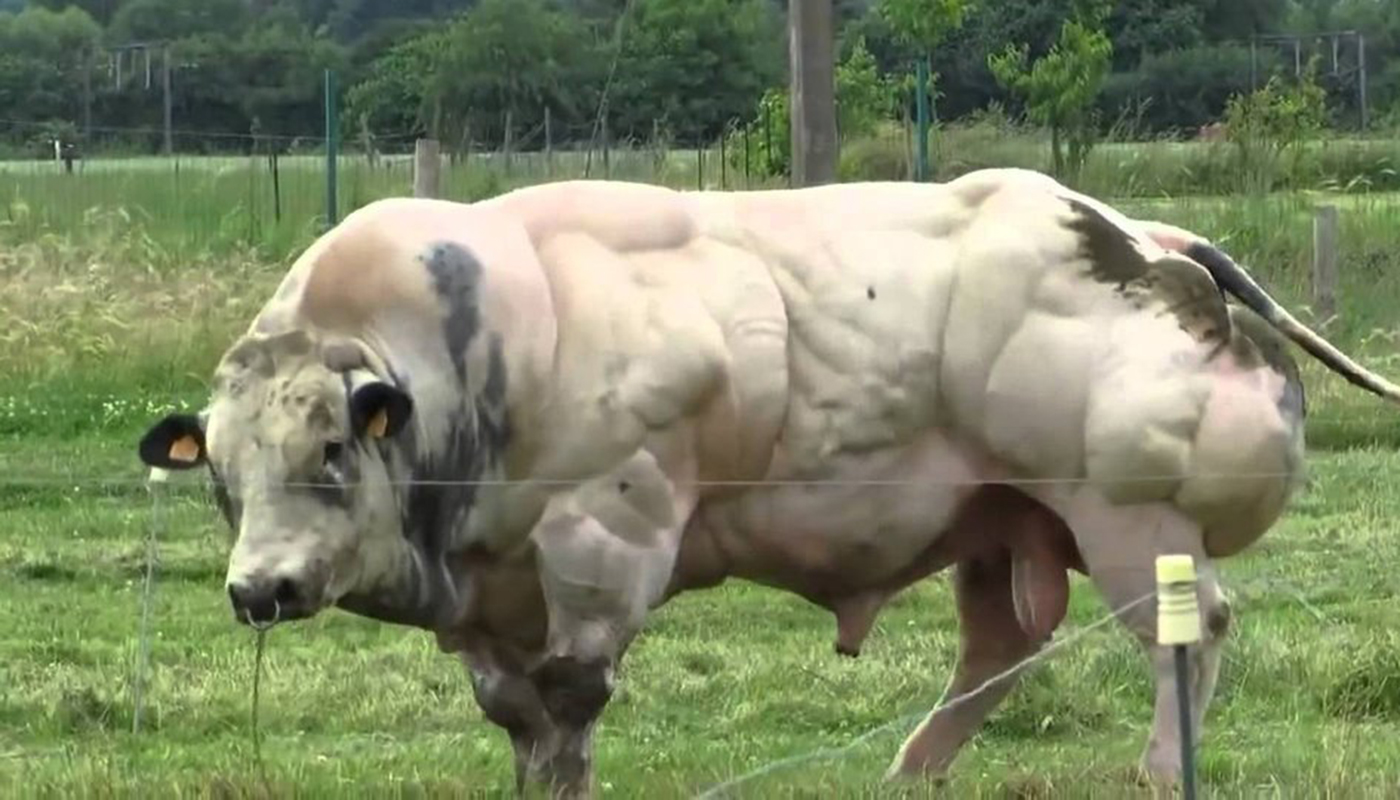 Belgian Blue Cattle Breed – Everything You Need to Know
Belgian Blue Cattle Breed – Everything You Need to Know Black Hereford Cattle Breed – Everything You Need to Know
Black Hereford Cattle Breed – Everything You Need to Know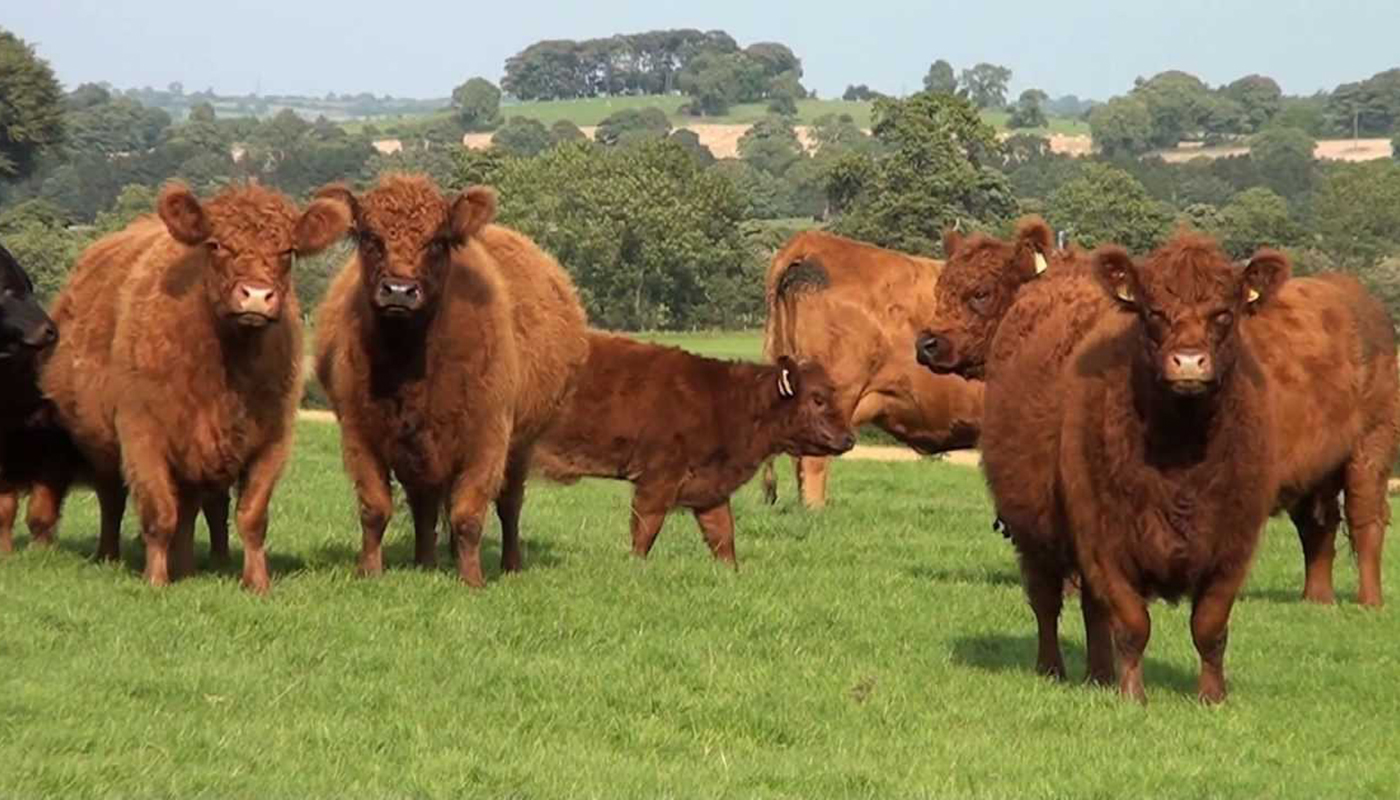 Galloway Cattle Breed – Everything You Need to Know
Galloway Cattle Breed – Everything You Need to Know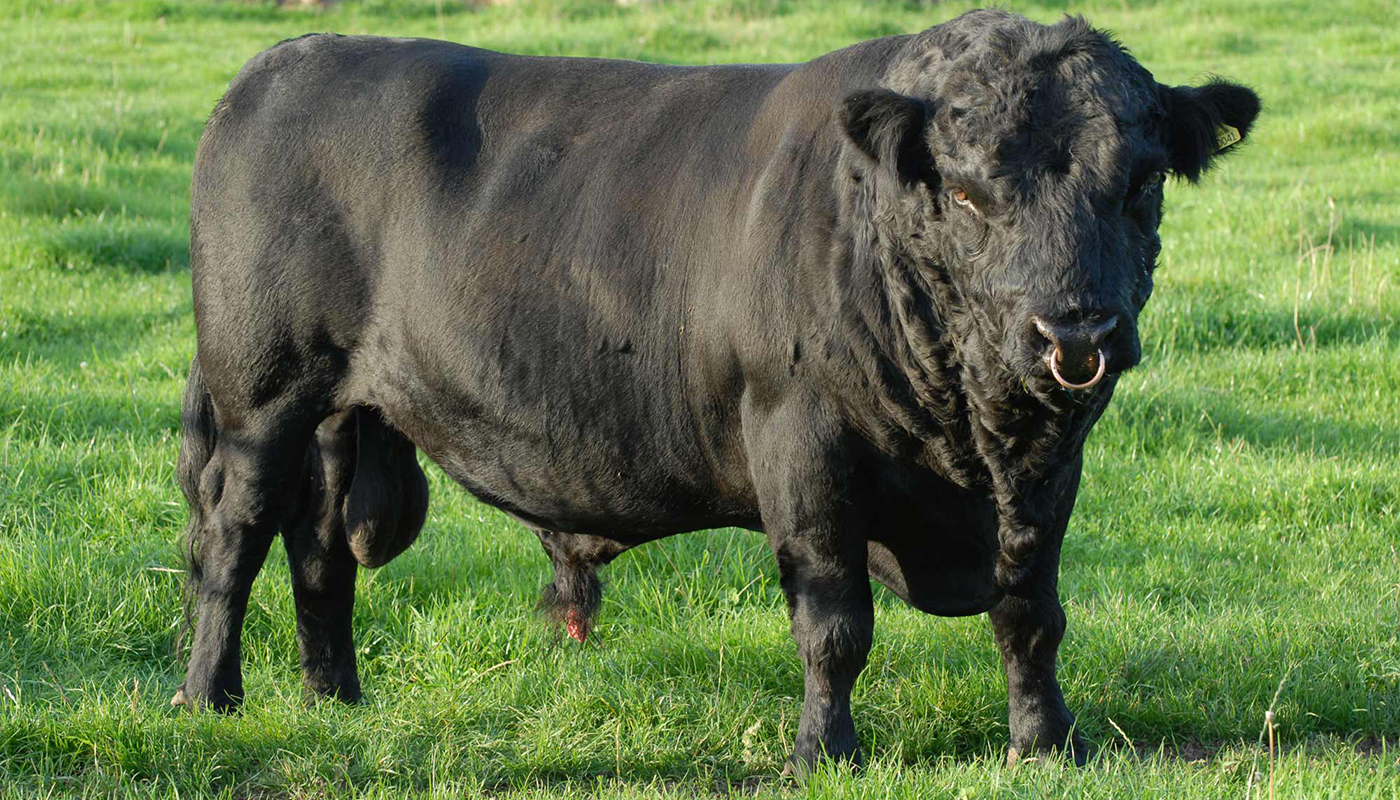 Dexter Cattle Breed – Everything You Need to Know
Dexter Cattle Breed – Everything You Need to Know Murray Grey Cattle Breed – Everything You Need to Know
Murray Grey Cattle Breed – Everything You Need to Know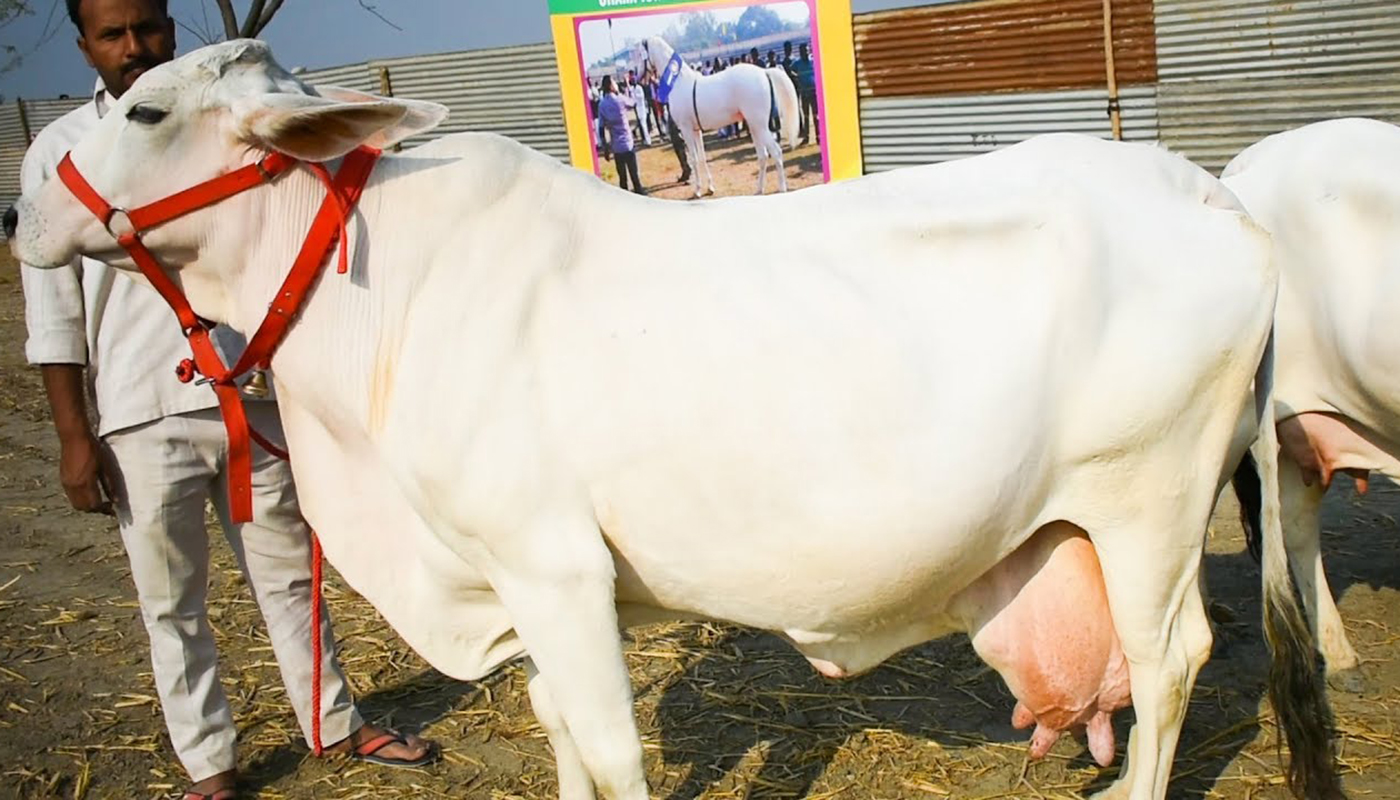 Tharparkar Cattle Breed – Everything You Need to Know
Tharparkar Cattle Breed – Everything You Need to Know Nelore Cattle Breed – Everything You Need to Know
Nelore Cattle Breed – Everything You Need to Know